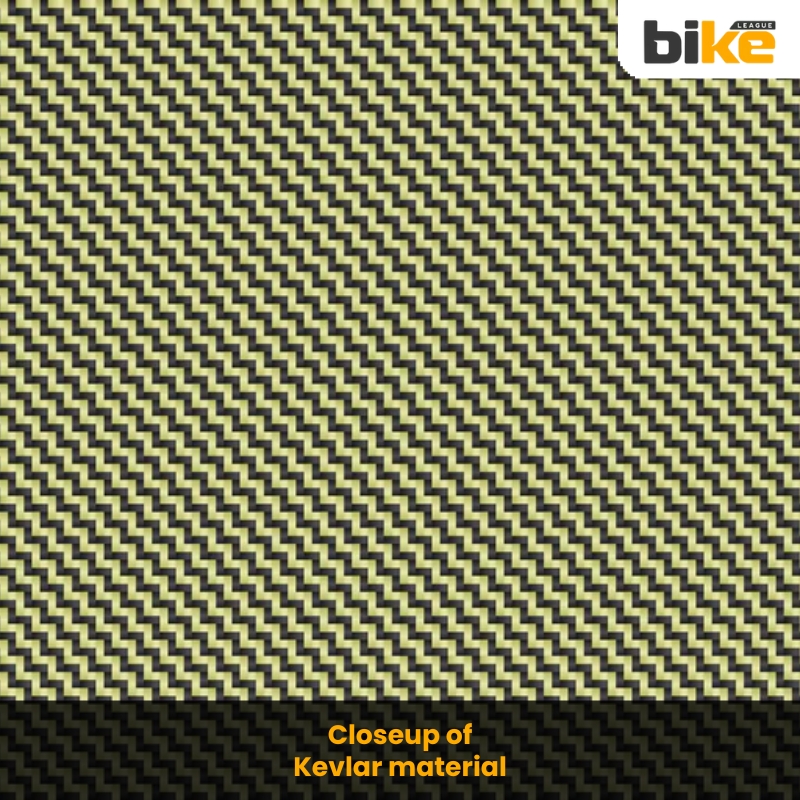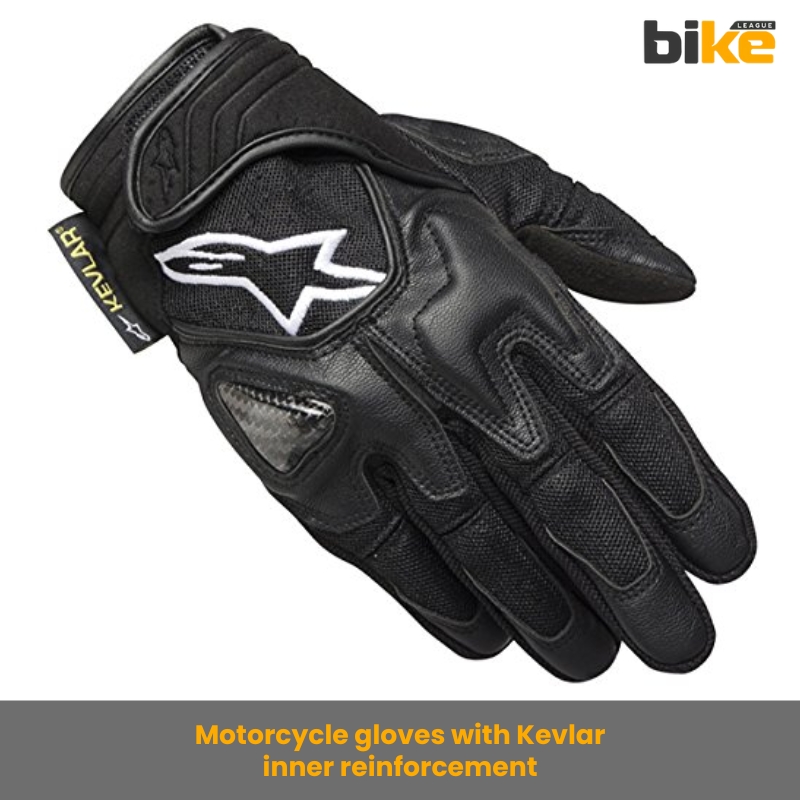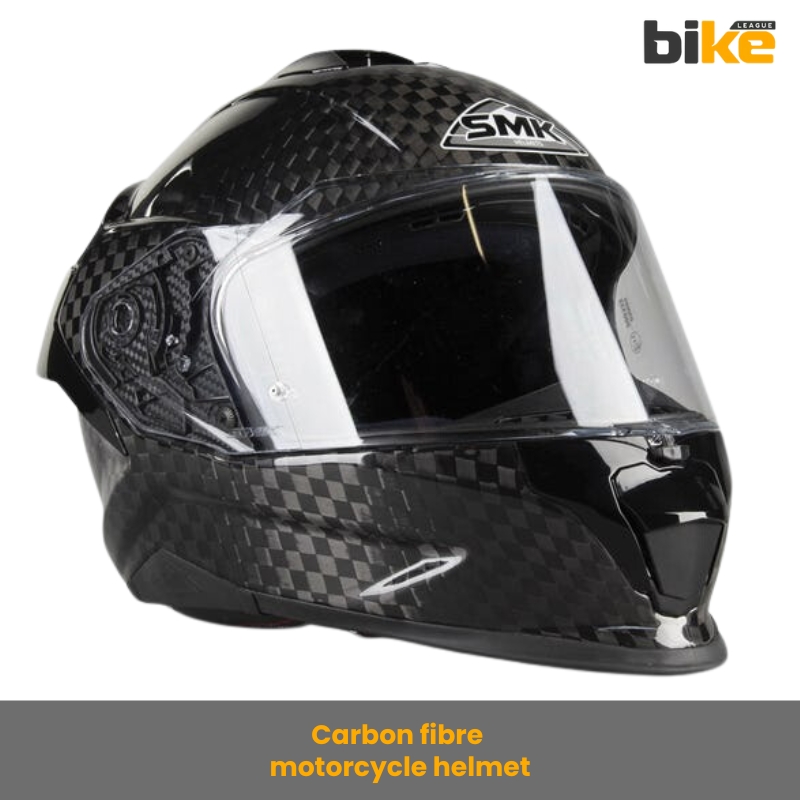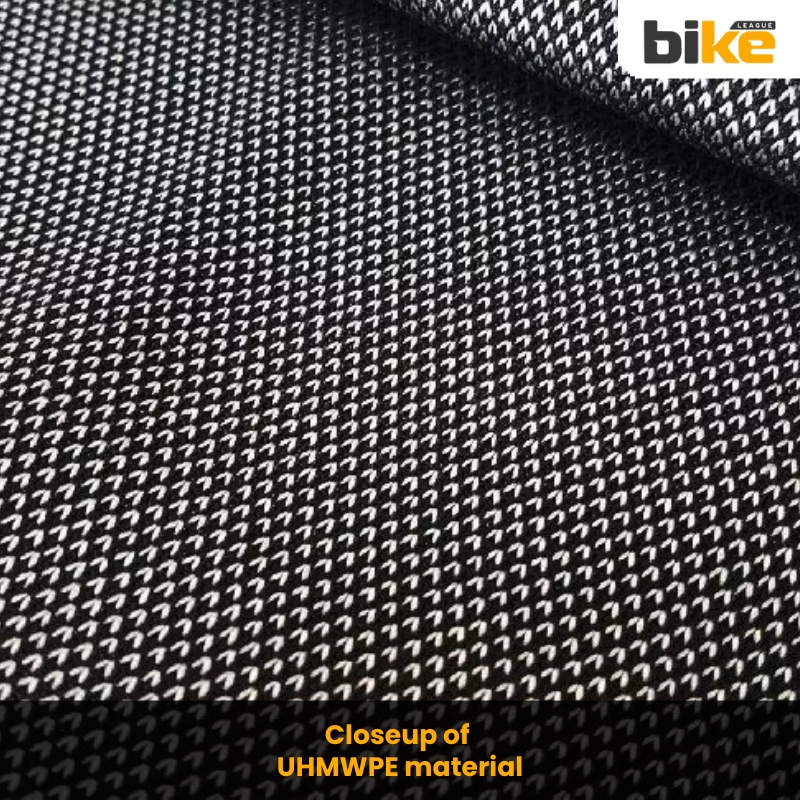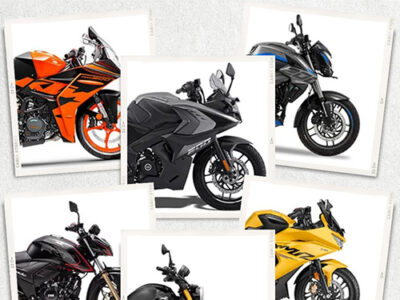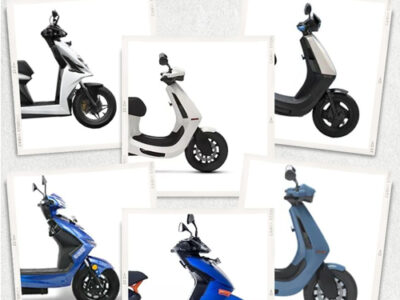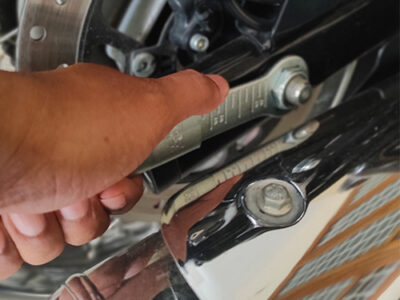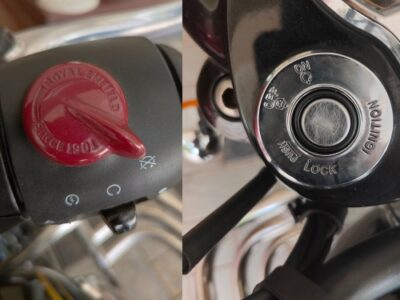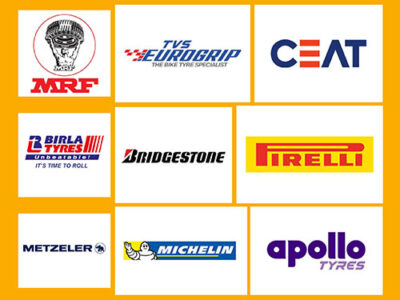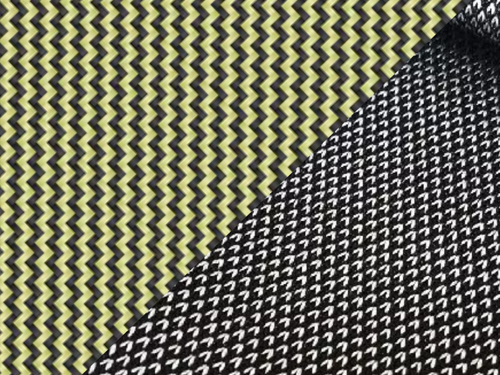
|
Getting your Trinity Audio player ready...
|
Long story short: Time to know advanced materials in motorcycle, helmet, boot, jacket and gloves.
Advancements in material science have significantly shaped the evolution of motorcycle design and accessories, from gloves to helmets, by leaps and bounds. Integrating advanced materials has resulted in lighter, more robust, and more efficient motorcycles, from the chassis to the accessories. Each material is becoming lighter and more robust. So, the end beneficiary is the customer, right?
Yes, no product is 100% perfect. Companies strive to improve and be the best version of the product. Integrating advanced materials is a significant step in that process. So, let’s look into the jacket, boot, and helmet materials that motorcycle companies currently use in their products in detail.
Motorcycle Advanced Materials in Design and Construction
1. Carbon Fibre
Carbon fibre is increasingly used in motorcycle components due to its high strength-to-weight ratio. This material is particularly beneficial in parts like forks, frames, and helmets, where reducing weight without compromising strength is crucial.
For instance, BMW Motorrad and ZF Friedrichshafen AG have developed a carbon fibre motorcycle fork that promises improved performance and handling by reducing unsprung weight and enhancing stiffness and flex characteristics.
2. Motorcycle Advanced Steel material
Steel remains a fundamental material in motorcycle construction. However, advancements in steel grades have led to high-strength tensile steels, alloy steels, and Advanced High Strength Steels (AHSS).
These materials offer enhanced durability, strength, and weight reduction, making them ideal for chassis and frame construction.
For example, perimeter frames often use a combination of carbon steel, high-strength steel, and various alloy steels to balance cost and performance.
3. Composite Materials
Composite materials, including carbon fibre-reinforced polymers (CFRP) and Kevlar, are used extensively in motorcycle helmet construction and protective gear. These materials provide superior impact resistance and durability while keeping the weight low, which is crucial for motorcycle rider safety and comfort. Integrating these materials has been a game-changer in motorcycle helmet construction, significantly improving safety standards.
4. Nanotechnology and Graphene
Nanotechnology-infused fabrics and graphene-enhanced armour are at the forefront of next-generation motorcycle protective gear. These materials offer enhanced protection, flexibility, and thermal regulation, translating technological advancements into tangible safety benefits for riders.
Graphene, known for its exceptional strength and conductivity, enhances the protective capabilities of armour and other gear components.
5. Advanced Plastics and Polymers
Materials like ABS (Acrylonitrile Butadiene Styrene) and polycarbonate are widely used in motorcycle helmet shells and other protective gear due to their impact resistance and flexibility. These advanced plastics ensure that helmets and gear can withstand significant impacts while maintaining comfort and usability.
6. High-Performance Braking Systems
Using advanced materials such as composites, ceramics, and carbon fibre in braking systems has led to superior heat resistance, reduced weight, and improved durability.
These materials are essential for high-performance motorcycles that require reliable braking systems to handle extreme speeds and aggressive riding styles. Additionally, integrating electronic braking systems and intelligent technology provides precise control over braking force distribution, enhancing safety.
Advanced Materials in motorcycle Gloves
Motorcycle gloves comprise different materials, including Kevlar, carbon fibre, and synthetic fabrics, each providing various levels of protection and comfort. High-quality materials enhance gloves durability, abrasion resistance, and breathability, providing optimal safety and performance for motorcycle riders.
1. Kevlar
kevlar is one of the most advanced materials for motorcycle gloves. Initially developed for military use, kevlar is renowned for its exceptional strength-to-weight ratio. Kevlar-reinforced gloves offer superior cut and abrasion resistance, making them ideal for riders seeking advanced protection.
2. Carbon Fiber
Carbon fibre is another cutting-edge material among advanced materials for motorcycle gloves. It is lightweight yet robust, adding an extra layer of protection without compromising flexibility.
3.Gore-Tex
Gore-Tex technology is essential for all-weather riders. This breathable and waterproof material, among advanced materials for motorcycle gloves, ensures that hands stay dry and comfortable regardless of the riding conditions.
4. Neoprene
Neoprene is another advanced material used in motorcycle gloves. It is favoured for its excellent flexibility and snug fit. It provides a comfortable grip and aids in moisture management, making it ideal for long rides.
Motorcycle Advanced Materials in Helmet
1.Carbon Fiber
Carbon Fiber is known for its exceptional strength-to-weight ratio. These materials are used in premium motorcycle helmets to provide maximum protection while minimizing weight and reducing neck fatigue for riders.
2.Kevlar
These strong, lightweight, and flexible materials offer excellent impact resistance to motorcycle helmets. They are often combined with other materials to enhance the helmet’s protective capabilities.
3.Fibreglass
Famous for its lightweight and durable properties, these materials provide good impact absorption and resistance to scratches and dents, making them a reliable choice for high-end motorcycle helmets.
4.Polycarbonate and ABS
Polycarbonate and ABS (Acrylonitrile Butadiene Styrene) materials are widely used in motorcycle helmet shells due to their impact resistance and flexibility. These materials are also cost-effective, making them accessible to a broader range of riders.
5.Advanced Thermoset Resin
Advanced thermoset resin technology enhances the impact resistance of plastic helmets while maintaining a lightweight profile. This innovation contributes to the helmet’s overall durability and safety.
6.Multi-Density EPS Foam
Expanded Polystyrene (EPS) foam is essential for energy absorption during a crash. Modern helmets use multi-density EPS liners to optimize impact absorption and protection, ensuring that different areas of the helmet can absorb varying levels of force.
Motorcycle Advanced Materials in Jacket and Pant
1. Ultra-High Molecular Weight Polyethylene (UHMWPE)
These jacket materials are increasingly used in motorcycle clothing for their exceptional strength and durability.
Tensile Strength
UHMWPE fibres exhibit remarkable tensile strength, even surpassing steel on a weight-for-weight basis, making them ideal for reinforcement in critical areas of motorcycle jackets and pants.
Strategic Placement
In motorcycle gear, UHMWPE is strategically placed in sensitive areas such as shoulders, elbows, knees, and hips to provide robust reinforcement and protection.
2. Dyneema and Spectra
These jacket materials are lightweight, high-strength fibres that resist chemicals and UV rays from motorcycle riders.
Lightweight and Durable
These jacket materials are used in various industries, including motorcycle clothing, due to their lightweight nature and high resistance to wear and tear.
Combination with Other Materials
Combining Dyneema and Spectra with other advanced jacket materials can create higher levels of protection and comfort during motorcycle riding.
3. Cordura among motorcycle advanced materials
Cordura is another fabric material among advanced materials for the jacket. It is well-known in the motorcycle gear industry for its robustness and resistance to wear and tear.
Abrasion Resistance
These jacket materials tend to abrasions, making them suitable for use in areas subject to high friction, such as elbows, shoulders, knees, and seat areas.
Versatility
Cordura is used in various applications, including reinforced panels in motorcycle jackets and pants, providing durability and protection.
4. SuperFabric®
SuperFabric® is a cutting-edge material used in jackets known for offering exceptional protection and durability.
High Abrasion Resistance
SuperFabric® jacket materials offer some of the highest levels of abrasion resistance, making them ideal for demanding applications such as motorcycle apparel.
Additional Properties
SuperFabric® is water-resistant, breathable, slash-resistant, stain-resistant, and snag-resistant, providing comprehensive protection and comfort for riders.
Premium Applications
This material enhances protection in critical areas like shoulders, knees, and elbows in premium motorcycle gear, such as the Badlands Pro line and the Atacama Touring Jacket.
5. Armalith
Armalith is a high-tech fusion of cotton and UHMWPE fibres, offering a unique blend of protection and comfort.
Extreme Resistance
Armalith is renowned for its extreme resistance to cuts, tears, and abrasions, making it an excellent choice for motorcycle jeans.
UV Resistance
Its higher fabric’s resistance to UV radiation ensures that the fabric maintains its colour and integrity even after prolonged exposure to sunlight.
Comfort and Flexibility
Armalith provides the flexibility and ease of regular jeans while offering robust protection, making it a popular choice for riders.
6. Kozane® Terra
Kozane® Terra fabrics are designed to offer outstanding protection while being soft, breathable, and lightweight.
Protection Against Rips and Tears
These fabrics provide the best possible protection against rips and tears, ensuring rider safety in an accident.
Versatility
Kozane® Terra materials come in various weights, colours, and protection levels, making them suitable for manufacturing trousers, tops, motorcycle gloves, and protective liners.
Industry Standards
All Kozane® Terra fabrics are tested according to the EN 17092-2/: 2020 Impact Abrasion standard, achieving results from AA to AAA, the industry standard for motorcycle safety apparel.
7. RHEON™ Armour
RHEON™ Armour is the latest in armour technology, offering intelligent protection.
Energy-Absorbing Super Polymer
RHEON™ is a soft and flexible material that stiffens when subjected to force, providing excellent impact protection.
Breathability and Comfort
This material is designed to be lightweight, comfortable, and cool without compromising performance.
Motorcycle Advanced Materials in Boot
Modern motorcycle boot materials are D3O™ and high-tech polymers. Initially developed for winter sports and military applications, D3O™ technology is now utilized in motorcycle boots to offer superior impact protection. These motorcycle boot materials absorb and disperse the force of impacts, reducing the risk of injuries to critical areas like the toes, heels, and ankles.
1. Abrasion-Resistant Fabrics
Motorcycle boot materials are full-grain leather, Kevlar, and Cordura, which provide excellent abrasion resistance. These boot materials protect the motorcycle rider’s feet and ankles from road rash and other injuries during accidents. Leather is particularly valued for strength and longevity, while synthetic fabrics offer a lightweight yet robust alternative.
2. Ventilation Systems
To enhance comfort, Many modern motorcycle boot materials feature ventilation systems to allow air circulation, keeping the rider’s feet cool and dry. This is particularly important for long rides and hot weather conditions. Breathable fabrics and strategically placed vents help manage moisture and temperature inside the boots.
3. Reinforced Structural Components
motorcycle boots often include reinforced toe boxes, heel caps, and ankle support systems to provide additional protection and stability. These components are crucial for preventing injuries during accidents and ensuring the rider’s feet remain secure and supported. Composite materials like carbon fibre are increasingly used in these reinforcements for their strength and lightweight properties.
4. Specialized Soles
the soles of motorcycle boots are designed to provide excellent grip and stability on various surfaces, including wet and slippery roads. Materials like Vibram® Apex Sole offer the proper stability and control, enhancing the rider’s ability to manoeuvre the motorcycle safely. Dual or triple-density soles improve shock absorption and overall comfort.
FAQ related to Advanced Motorcycle Materials
1. What are the most common advanced materials used in motorcycle helmets?
Motorcycle helmets commonly utilize various materials, including composite fibres (carbon fibre, Kevlar, and fibreglass), polycarbonate, ABS (Acrylonitrile Butadiene Styrene), and advanced thermoset resins. These materials are carefully selected to balance strength, weight, and impact resistance, making them ideal for constructing high-quality helmets.
2. Why is carbon fibre preferred for high-end motorcycle helmets?
Carbon fibre is the material of choice for high-end motorcycle helmets due to its exceptional strength and lightweight properties. These materials offer superior impact protection and comfort, making it the top choice for premium motorcycle helmet construction. Carbon fibre helmets are renowned for their outstanding strength-to-weight ratio and resistance to scratches and dents.
3. What materials are used in the construction of motorcycle boots?
Motorcycle boot materials are crafted using a combination of full-grain leather, Kevlar, Cordura, and advanced polymers. These materials are selected for their outstanding abrasion resistance, impact protection, and durability, ensuring thorough protection for the rider’s feet and ankles.
4. How do advanced materials enhance the safety of motorcycle jackets?
Motorcycle jackets are often designed with advanced materials like leather, Kevlar, and Cordura to provide exceptional abrasion resistance. They may also incorporate armour inserts made from high-density foam, moulded plastics, or advanced technologies like D3O, which deliver superior impact protection while maintaining flexibility and comfort.
5. What are the benefits of using Kevlar in motorcycle gear?
Kevlar offers a compelling combination of strength, lightness, flexibility, and excellent impact and abrasion resistance. It is frequently utilized in helmets, jackets, pants, and gloves to enhance protection without adding significant weight. The durability and protective properties of Kevlar make it a popular choice for motorcycle gear.
6. How do waterproof membranes like GORE-TEX improve motorcycle gear?
Motorcycle gear incorporates waterproof membranes like GORE-TEX to keep riders dry in adverse weather conditions. These membranes feature microscopic pores that allow moisture to escape while preventing water from entering, providing comfort during extended rides. GORE-TEX is commonly integrated into boots, jackets, and pants due to its exceptional waterproofing and breathability properties.
7. What role do advanced plastics and polymers play in motorcycle helmets?
Advanced plastics and polymers, such as ABS and polycarbonate, are extensively utilized in motorcycle helmet shells for their impressive impact resistance and flexibility. These materials effectively absorb energy during impacts, providing reliable protection at a more accessible price point than materials like carbon fibre and fibreglass.
8. How do ventilation systems in motorcycle gear enhance rider comfort?
Ventilation systems in motorcycle gear, including jackets and helmets, facilitate air circulation to keep riders cool and dry. Breathable fabrics and strategically placed vents help manage moisture and temperature, which is crucial for long rides and hot weather conditions.
9. What are the advantages of composite materials in motorcycle helmets
Composite materials, such as carbon fibre, Kevlar, and fibreglass, offer an exceptional strength-to-weight ratio, reducing neck fatigue without compromising protection. These materials boast superior energy absorption properties, distributing impact forces to minimize injury. Additionally, they resist abrasion and environmental factors, ensuring long-lasting performance.
10. How do motorcycle advanced materials in pants improve safety and comfort?
Motorcycle pants crafted from modern textiles like Cordura and Kevlar provide exceptional durability and abrasion resistance. These pants often feature reinforced knee and hip pads made from advanced materials like viscoelastic foam, which hardens impact to deliver excellent shock absorption. Furthermore, features such as stretch panels and thermal linings enhance comfort and flexibility for riders.
Other related articles from Bikeleague India
- motorcycle helmet in india-All in one buying guide
- Which bike chassis is right for your riding style
- motorcycle gloves in india-all in one buying guide
- what all basic motorcycle accessories should a rider have
- moto morini x-cape 650x
Conclusion
We have discussed different types of advanced materials used in motorcycles and their accessories, such as helmets, boots, jackets, and gloves. If you have any other questions or queries, email us at bikeleague2017@gmail.com. You can also share your doubts or opinions in the comments section below. We are always eager to help and assist you. Also, here are several social media platforms of Bikeleague India to raise your suspicions.

